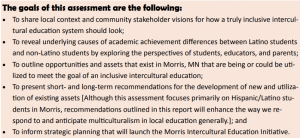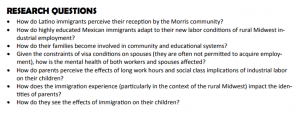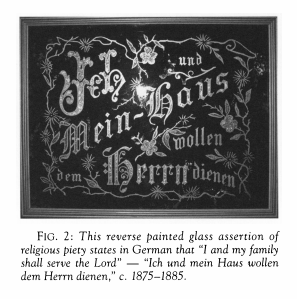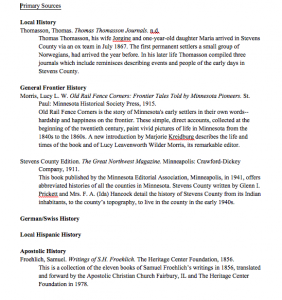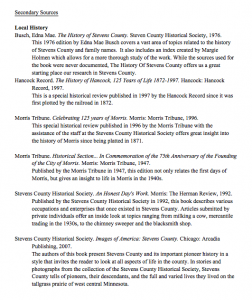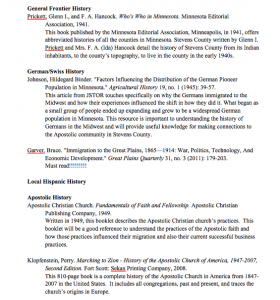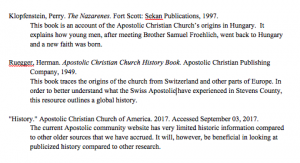Amy and I spent today’s meeting organizing ourselves and gawking over our beautiful website. Our goals were
- Finalize our contract
- Look into more Latino Resources
- Talk about the purpose and plan for oral histories
- Check out our site!
Because my dear partner Amy went a little crazy with web design over the weekend, we actually skipped 1-3 and got straight to a site check up! All her hard work really paid off! We edited our introductory welcome page which states our goals and made sure that it was consistent with what we put on the contract. We are currently looking at different ways to organize content and make the site as user friendly as possible while still leaving plenty of room to add all the information we need.
After finishing our goals, we finalized our contract and organized all of our dates. We reviewed all of the jobs that need to get done and the roll that both Amy and I will take in the production of the site. Because Amy is very technologically advanced, very organized, and taking 10 less credits than me this semester, I have trusted her with the majority of the work in regards to web design and details. I will focus on editing content and ensuring that the site conveys the message that we have agreed on. Amy and I have worked on other digital projects together and I am confident that our teamwork and personal styles will produce a beautiful and educational resource for Morris and all of Stevens County to enjoy.
We began discussing a few more Latino resources that we want to look at more specifically. One of which is a project by U of M Morris Professors, Stacey Aronson and Windy Roberts called, “History of the Latino Experience in the Morris Area.” This resource is housed in the Center for Small Towns and I should gain access to it by Wednesday or Thursday morning. I love that a lot of our local history is housed right here at the University and also at the Historical Society.
We didn’t get too far into discussing our plan for oral histories/ interviews/ meetings with local historians, but instead had a really good talk about what we want out of this project and how we’re going to accomplish it. We want to shed a new light on history here in Morris and talk about what that means for our community. We want to show that people, no matter where they are from or how long they’re living somewhere, deserve to feel like they are at home. We want to influence the way discussions on immigration and migration are conducted in Morris and Stevens County. We want to use this research as a platform to make a change in our community.
Below you can find the first draft of our contract:
